Professional Water Damage Restoration in Ohio & What Homeowners Need to Know
Topic Summary
Untreated water damage can cause structural decay, mold growth within 24–48 hours, electrical hazards, pest infestations, and long-term health risks. Acting fast protects your home’s integrity, saves money, and preserves property value. Professional restoration services like PuroClean can remove hidden moisture, prevent mold, and restore damaged structures safely.
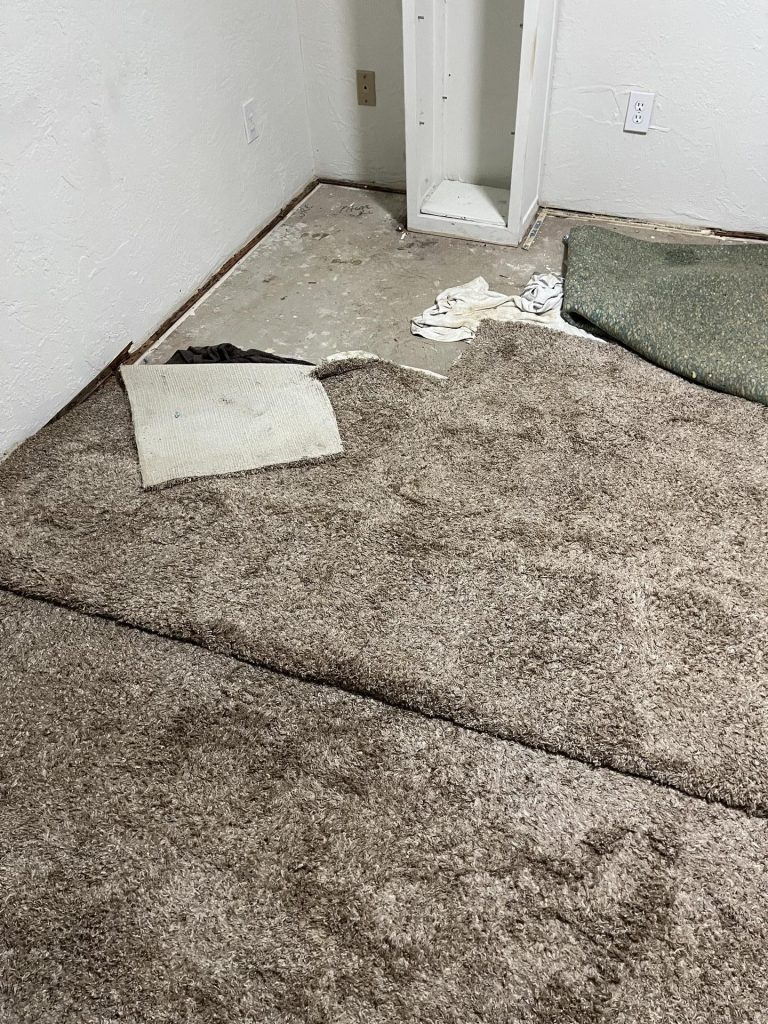
A Homeowner’s Story – “The Drip That Became a Disaster”
Mark and Lisa were proud homeowners in a quiet suburb. One Sunday afternoon, Lisa noticed a small puddle beneath the kitchen sink.
“It’s probably just condensation,” Mark shrugged. “We’ll fix it next weekend.”
That “next weekend” never came.
Over the following days, the wood in the cabinet swelled and softened. A faint musty smell spread into the kitchen. By the time a month had passed, mold had taken root behind the wall. The warped cabinet needed replacing, part of the floor had to be pulled up, and professional mold remediation became unavoidable.
The bill? Over $7,500.
The original fix? Likely less than $200 if caught early.
Lesson: Water damage isn’t just a cosmetic problem. It’s a silent, progressive threat that can turn a small repair into a full-scale restoration.
Why Is Untreated Water Damage Such a Big Problem?
Water doesn’t stay put. It spreads sideways, downward, even upward through capillary action in porous materials. Once it seeps in:
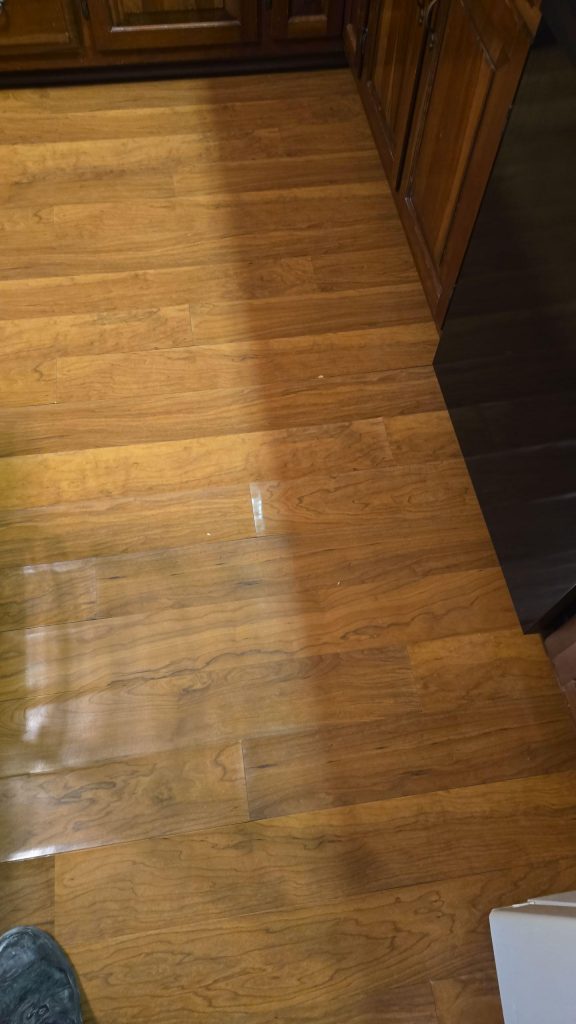
- Wood fibers swell and weaken
- Drywall loses structural integrity
- Insulation becomes soggy and useless
- Electrical systems corrode
- Moisture becomes trapped, encouraging mold and bacteria
Even if a surface feels dry to the touch, hidden moisture can remain inside walls, under floors, and in ceiling cavities. This is why professional equipment like moisture meters are so important they find what you can’t see.
What Are the First Signs of Water Damage?
Knowing early warning signs can help you stop water damage before it spreads:
- Discoloration – Yellow, brown, or dark stains on walls, ceilings, or floors.
- Musty odors – That damp, basement-like smell that lingers.
- Peeling paint or wallpaper – Moisture loosens adhesives and paint bonds.
- Warped floors – Wood or laminate planks lifting or cupping.
- Bubbling drywall – Indicates trapped water behind the wall.
- Sudden pest activity – Ants, termites, or silverfish love moist environments.
Voice search example:
“Why does my ceiling have brown spots?”
“Why does my room smell like mildew?”
Both can signal early water intrusion.
What Happens in the First 48 Hours of Water Damage?
The first two days are critical, here’s why:
Within hours:
- Water spreads into soft materials (carpet, upholstery, insulation)
- Wood starts absorbing moisture
- Electronics and appliances may be damaged
Within 24–48 hours:
- Mold spores begin colonizing
- Drywall starts to crumble
- Paint blisters and peels
- Metal parts start corroding
Bottom line: Every hour matters. Early drying and cleanup can mean the difference between a repair and a full rebuild.
What Happens After Weeks or Months of Untreated Water Damage?
Ignoring water damage leads to compound problems:
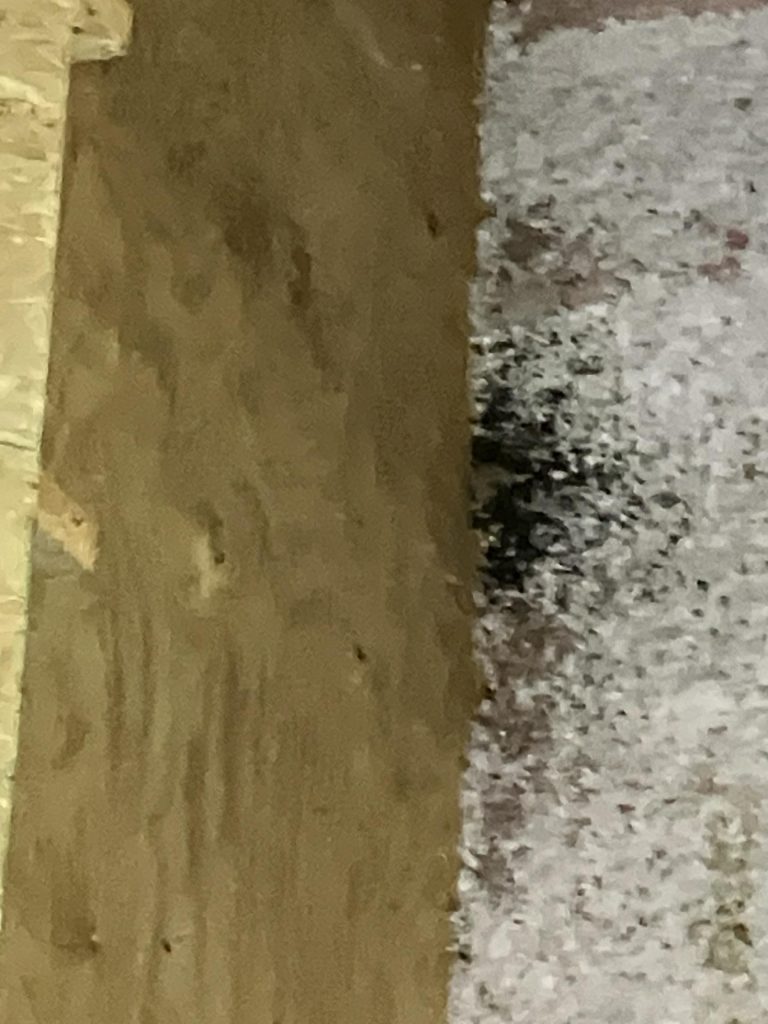
- Mold Infestation – Spreads quickly through drywall, ceilings, HVAC ducts.
- Structural Rot – Joists, beams, and studs weaken to unsafe levels.
- Electrical Risks – Corroded wiring, breaker issues, even fire hazards.
- Pest Attraction – Damp wood invites termites, carpenter ants, and rodents.
- Permanent Odors – Musty smells seep into walls and fabrics.
- Major Value Loss – A stained ceiling or mold history can scare away buyers.
What Are the Health Risks of Ignoring Water Damage?
Moisture + time = a breeding ground for mold, bacteria, and allergens.
Potential health impacts:
- Respiratory issues – Wheezing, coughing, aggravated asthma
- Skin irritation – Rashes, itching
- Eye irritation – Redness, watering
- Fatigue & headaches – Linked to poor indoor air quality
- Severe allergic reactions – For mold-sensitive individuals
Voice search example:
“Why am I coughing more at home?”
“Can mold make you tired?”
How Does Water Damage Affect Your Home’s Value?
Home inspectors look for signs of water damage during sales. Even repaired damage, if poorly documented, can:
- Drop the sale price by thousands
- Delay transactions due to extra inspections
- Cause loan approval issues
- Create legal disclosure obligations
Professional restoration ensures you have before/after reports, which helps reassure future buyers.
Can You Handle Water Damage Yourself?
Small leaks? Possibly.
Hidden or widespread damage? Almost always no.
DIY challenges:
- Hidden moisture detection is nearly impossible without pro tools
- Household fans can’t fully dry deep-seated water
- Mold can regrow if humidity isn’t controlled
Rule of thumb: If the water has been there for more than 24 hours, call a pro.
Professional Property Damage Tips for Homeowners
1. Act Immediately
Water damage gets worse by the hour, delays cost money.
2. Stop the Source
Shut off main water valves or repair leaks before starting cleanup.
3. Protect Yourself
Avoid contact with contaminated water from floods or sewage backups.
4. Document for Insurance
Take photos/videos before, during, and after cleanup.
5. Ventilate
Open windows and run dehumidifiers to slow mold growth.
6. Call a Professional
Restoration companies like PuroClean Home Savers bring:
- Industrial dehumidifiers
- Moisture mapping technology
- Mold prevention expertise
- Insurance claim assistance
Need Immediate Water Damage Restoration in Columbus Ohio?
Call PuroClean Home Savers now at (614) 689-0012. for fast, reliable service.
With over 15 years of experience in water damage cleanup, drying, and property restoration, our certified team has helped countless Columbus and it’s neighbouring locations, homeowners and businesses recover quickly and prevent long-term damage.
We’re proud to have earned 100+ five-star reviews on Google, a testament to our commitment to quality, safety, and customer satisfaction.
Read our verified customer reviews here and see why Ohio homeowners trusts PuroClean for professional water damage restoration.
What Do Professional Restorers Do That You Can’t?
- Moisture Mapping – Using infrared cameras to find hidden water.
- Industrial Drying – High-capacity fans and dehumidifiers for deep drying.
- Mold Remediation – Safe removal with HEPA filters and antimicrobial sprays.
- Structural Repair – Rebuilding damaged drywall, flooring, framing.
- Odor Elimination – Ozone and hydroxyl generators to neutralize smells.
How Can You Prevent Water Damage in the First Place?
- Inspect roofs & gutters twice a year
- Seal around windows and doors
- Maintain plumbing and water heater
- Install water leak sensors
- Insulate pipes in winter climates
- Ensure landscaping slopes away from foundation
FAQs
Q: What’s the worst that can happen if I ignore water damage?
A: Mold growth, unsafe structural weakening, electrical fires, pest infestations, and significant property value loss.
Q: Can water damage go away on its own?
A: No, trapped moisture remains until it’s professionally dried.
Q: How long before water damage causes mold?
A: Mold can start within 24–48 hours.
Q: Is water damage covered by insurance?
A: Often yes, but only if caused by sudden, accidental events and reported promptly.
Q: How do I know if water is behind my walls?
A: Look for bubbling paint, musty smells, or use a moisture meter.
Q: Can I sell a house with past water damage?
A: Yes, but you must disclose it. Professional restoration with documentation helps protect the sale.
Key Takeaway
Water damage is one of the few home problems that gets worse by the minute. Treating it immediately can save thousands in repairs, protect your health, and maintain your property’s value.
Ignoring it? That’s an invitation for mold, rot, pests, and costly regret.
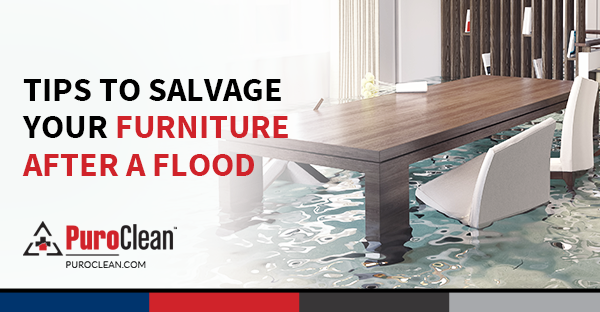
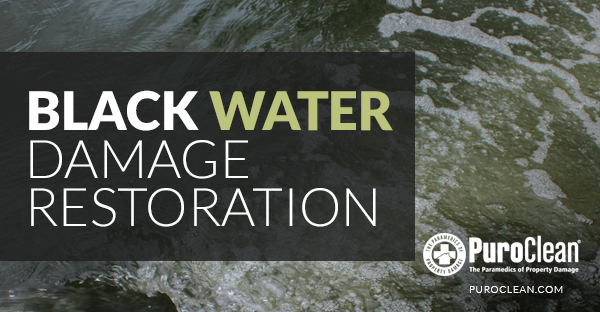
 PuroClean Home Savers
PuroClean Home Savers